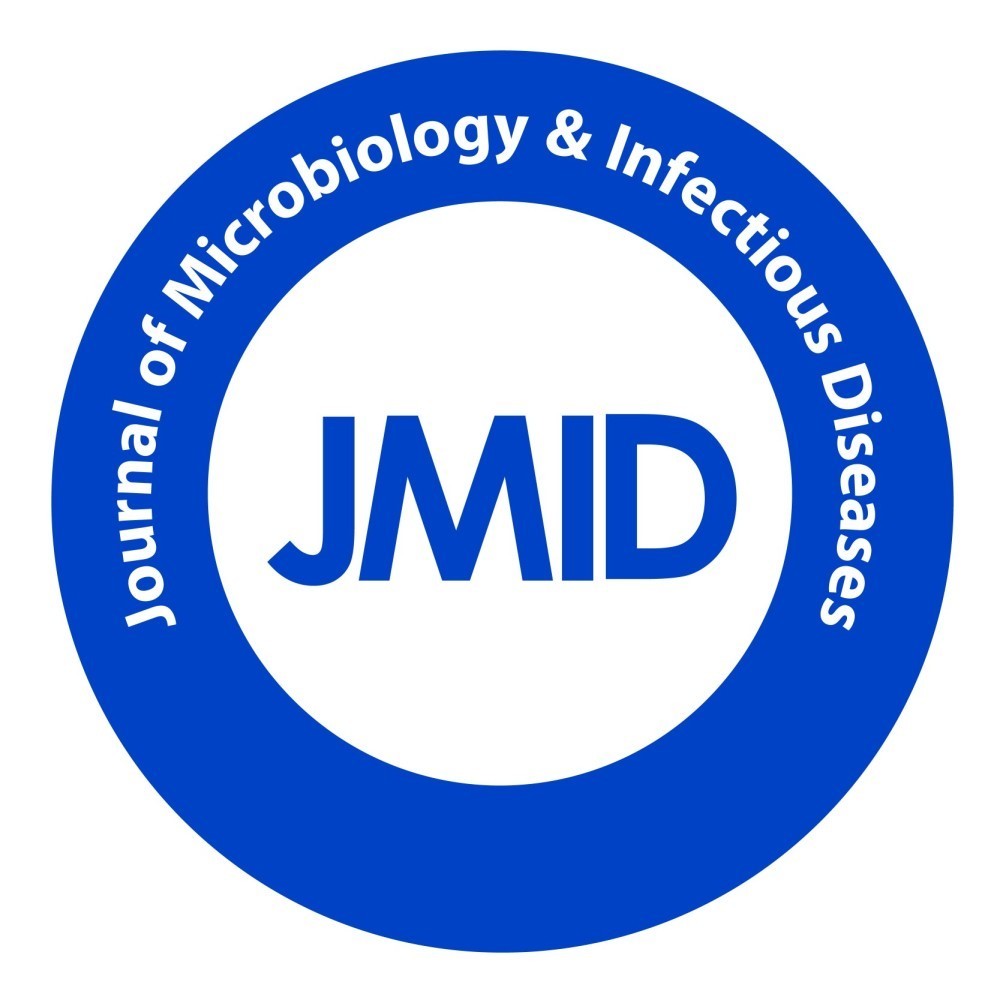
| Research Article | ||||||||||||||||||||||||||||||
J Microbiol Infect Dis. 2013; 3(4): 181-185 Feco-orally transmitted viral hepatitis in a tertiary care hospital in urban India Monika Rajani, Manoj Jais.
| ||||||||||||||||||||||||||||||
| How to Cite this Article |
| Pubmed Style Rajani M, Jais M. Feco-orally transmitted viral hepatitis in a tertiary care hospital in urban India. J Microbiol Infect Dis. 2013; 3(4): 181-185 . doi:10.5799/jmid2013.04.0105 Web Style Rajani M, Jais M. Feco-orally transmitted viral hepatitis in a tertiary care hospital in urban India. https://www.jmidonline.org/?mno=302657094 [Access: November 11, 2025]. doi:10.5799/jmid2013.04.0105 AMA (American Medical Association) Style Rajani M, Jais M. Feco-orally transmitted viral hepatitis in a tertiary care hospital in urban India. J Microbiol Infect Dis. 2013; 3(4): 181-185 . doi:10.5799/jmid2013.04.0105 Vancouver/ICMJE Style Rajani M, Jais M. Feco-orally transmitted viral hepatitis in a tertiary care hospital in urban India. J Microbiol Infect Dis. (2013), [cited November 11, 2025]; 3(4): 181-185 . doi:10.5799/jmid2013.04.0105 Harvard Style Rajani, M. & Jais, . M. (2013) Feco-orally transmitted viral hepatitis in a tertiary care hospital in urban India. J Microbiol Infect Dis, 3 (4), 181-185 . doi:10.5799/jmid2013.04.0105 Turabian Style Rajani, Monika, and Manoj Jais. 2013. Feco-orally transmitted viral hepatitis in a tertiary care hospital in urban India. Journal of Microbiology and Infectious Diseases, 3 (4), 181-185 . doi:10.5799/jmid2013.04.0105 Chicago Style Rajani, Monika, and Manoj Jais. "Feco-orally transmitted viral hepatitis in a tertiary care hospital in urban India." Journal of Microbiology and Infectious Diseases 3 (2013), 181-185 . doi:10.5799/jmid2013.04.0105 MLA (The Modern Language Association) Style Rajani, Monika, and Manoj Jais. "Feco-orally transmitted viral hepatitis in a tertiary care hospital in urban India." Journal of Microbiology and Infectious Diseases 3.4 (2013), 181-185 . Print. doi:10.5799/jmid2013.04.0105 APA (American Psychological Association) Style Rajani, M. & Jais, . M. (2013) Feco-orally transmitted viral hepatitis in a tertiary care hospital in urban India. Journal of Microbiology and Infectious Diseases, 3 (4), 181-185 . doi:10.5799/jmid2013.04.0105 |









